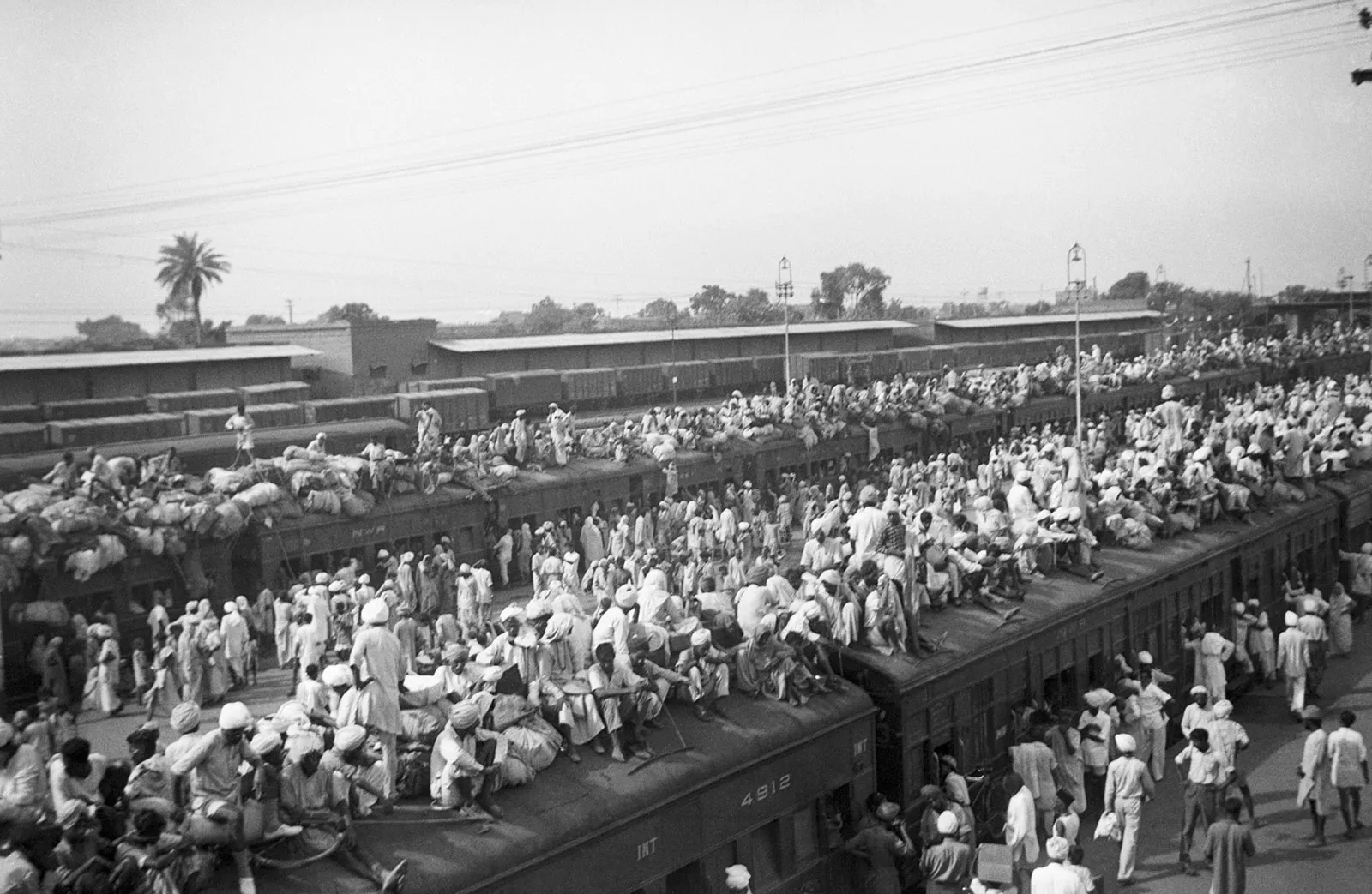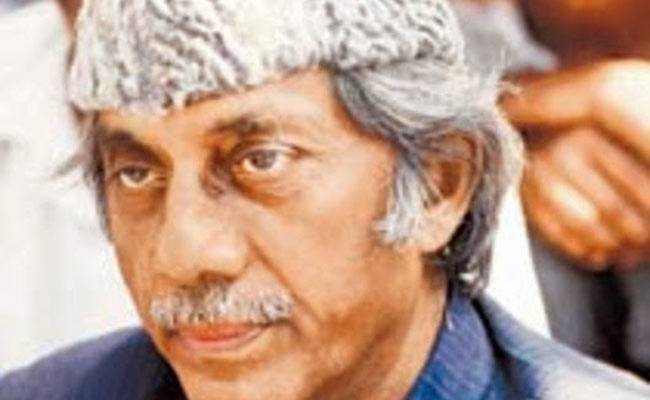Introduction:
The partition of India in 1947 stands as one of the most significant and tragic events in modern history, reshaping the geopolitical landscape of South Asia and leaving a profound impact on millions of lives. This essay aims to provide a comprehensive overview of the partition, examining its underlying causes, immediate consequences, and enduring legacy.
- Historical Context:
- British Colonial Rule: The seeds of partition were sown during centuries of British colonial rule in the Indian subcontinent. The British employed a policy of “divide and rule,” exacerbating religious and ethnic tensions to maintain control over their vast empire.
- Rise of Nationalism: The late 19th and early 20th centuries witnessed the emergence of Indian nationalism, fueled by resentment against colonial exploitation and a desire for self-rule. Leaders such as Mahatma Gandhi, Jawaharlal Nehru, and Muhammad Ali Jinnah played pivotal roles in mobilizing mass movements for independence.
- Religious Divide:
- Hindu-Muslim Relations: Religious tensions between Hindus and Muslims were exploited by British colonial authorities to further their own interests. The All India Muslim League, led by Jinnah, began demanding a separate Muslim homeland, fearing marginalization in a predominantly Hindu India.
- Two-Nation Theory: Jinnah’s advocacy of the Two-Nation Theory posited that Hindus and Muslims were distinct nations with irreconcilable differences, necessitating the creation of separate states. This ideological divide laid the groundwork for the eventual partition of India.
- Partition Plan and Independence:
- Mountbatten Plan: In 1947, Lord Mountbatten, the last Viceroy of India, proposed a plan for partition, dividing British India into two independent dominions: India and Pakistan. The Radcliffe Line was drawn to demarcate the boundaries between the two nations, based primarily on religious demographics.
- Independence and Communal Violence: The partition unleashed a wave of communal violence, as millions of Hindus, Muslims, and Sikhs fled their homes in search of safety. The scale of bloodshed and displacement was staggering, leaving scars that endure to this day.
- Immediate Consequences:
- Mass Migration: The partition led to one of the largest mass migrations in human history, with millions of refugees crossing hastily drawn borders in search of safety. The ensuing chaos and violence resulted in untold human suffering and loss of life.
- Economic Disruption: The partition disrupted economic activities and trade routes, further exacerbating the challenges faced by the newly independent nations. The division of resources and infrastructure strained the fragile economies of India and Pakistan.
- Legacy of Animosity: The communal violence and displacement that accompanied partition left deep scars on the collective psyche of South Asia. The legacy of animosity and mistrust between India and Pakistan continues to shape their bilateral relations, hindering efforts at reconciliation and cooperation.
- Enduring Legacy:
- Kashmir Conflict: The partition of India laid the groundwork for the ongoing Kashmir conflict, a territorial dispute between India and Pakistan that remains unresolved to this day. The region has been a flashpoint for numerous conflicts and continues to pose a threat to regional stability.
- Nuclear Proliferation: The partition also set the stage for nuclear proliferation in South Asia, with both India and Pakistan acquiring nuclear weapons capabilities. The specter of nuclear conflict looms large over the region, heightening tensions and increasing the risk of catastrophic warfare.
- Diaspora Communities: The partition resulted in the creation of vibrant diaspora communities scattered across the globe. Descendants of partition refugees have made significant contributions to their host countries while maintaining strong cultural ties to their ancestral homelands.
Conclusion:
The partition of India in 1947 remains a defining moment in the history of South Asia, leaving a legacy of communal violence, displacement, and unresolved conflicts. Despite the passage of time, its repercussions continue to reverberate through the region, underscoring the enduring impact of colonialism and religious identity politics. As India and Pakistan navigate the complexities of their shared history, the legacy of partition serves as a stark reminder of the importance of fostering understanding, reconciliation, and peace in a volatile world.






